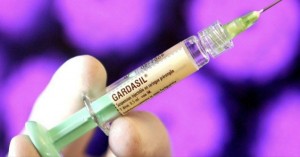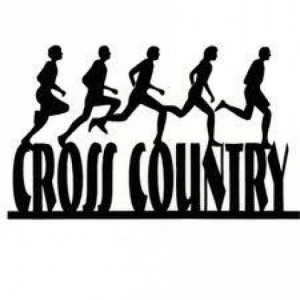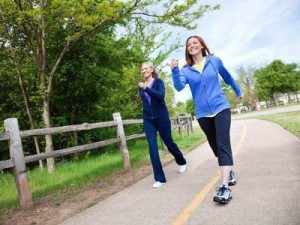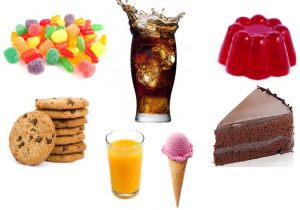Image Found Here
I’m sure you’re familiar with the post-Thanksgiving dinner urge to take a long, long nap. After stuffing our faces with turkey, mashed potatoes, sweet potatoes, green beans, bread, stuffing, gravy, pie, and whatever else we can fit on our plates and into our stomachs, it is likely that you’ll find your Aunt Sue or Cousin Joey slumped on the couch (that is, if you’re not asleep first).
Is the infamous Thanksgiving Food Coma caused by overindulgence, or the tryptophan-in-turkey myth I’ve always heard about?
Or are neither of those things causes? What if it’s an old wive’s tale that people tend to feel tired, causing a placebo-effect (where people think and convince themselves that they’re tired?) What if it’s actually some third confounding variable, like cooking and cleaning all day to please your family, or feeling stressed while answering the interrogative questions your in-laws pose that makes you tired?
According to Rhianon Davies of Health Library (copyright of EBSCO 2016), there are a variety of foods that contain tryptophan (and tryptophan does actually induce sleepiness). Tryptophan transforms into serotonin once it enters the body, and serotonin can make you tired. However, it is unlikely that consuming some turkey at Thanksgiving along with tons and tons of other foods (sides and appetizers and desserts, or whatever else you eat) would contain enough concentrated tryptophan to actually make someone tired. Simon Young, a research scientist from McGill University in Montreal, conducted studies and concluded that having a couple of servings of turkey on Thanksgiving will not cause you to fall asleep at the table.
A Huffington Post Article suggests that confounding variables like jet lag or tiredness from traveling and stress might actually also increase one’s Thanksgiving Day exhaustion. The article also describes how fattening, sugary foods (foods we all tend to eat on Thanksgiving) result in a nerve response that calms our bodies down so they can digest. The article also alludes to research that shows that human glucose levels change and increase significantly after such overindulgence, and orexin, a protein, is created that makes us drowsy. Insulin also increases after such a meal, and serotonin (also mentioned in the Health Library Article above) increases, making us, again, tired.
Image Found Here
So, in conclusion, the tryptophan in turkey alone is not enough to make us tired after our ginormous Thanksgiving dinners. But, it is not necessarily a myth that we feel tired. Overindulgence can lead to a lot of chemical and hormonal changes in the body that induce drowsiness, and confounding variables actually are also partially to blame, There is no determined single cause of our Thanksgiving drowsiness, but I’m sure we all can agree that it is really there, and there are many reasons why.

























